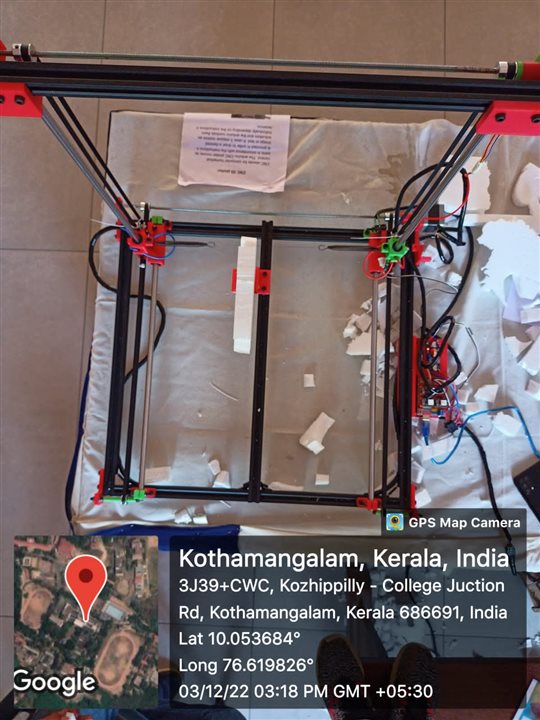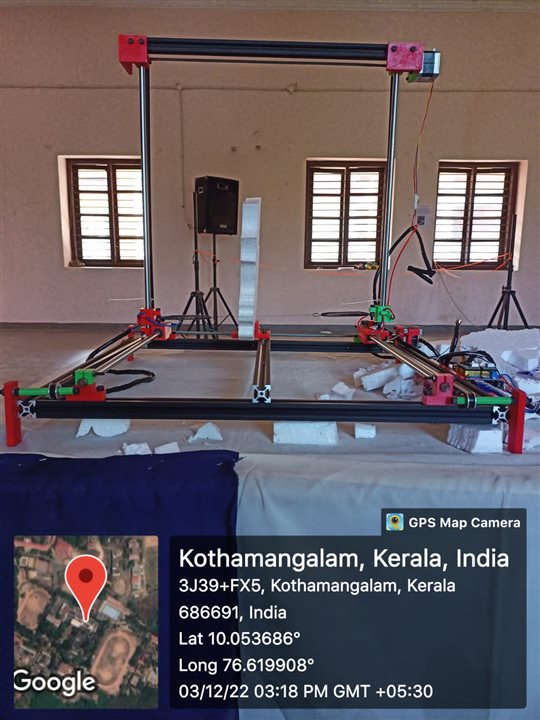CNC Foam Cutting machines are commonly used in industries such as packaging, insulation, and aerospace, where foam material needs to be cut into precise shapes. However, these machines can be expensive and may not be affordable for hobbyists or small businesses. In this blog post, we will explore how to design and build a DIY CNC foam cutting machine using inexpensive components and open-source software.
To start, we need to choose the right components for our machine. The heart of the system is an Arduino board, which is a popular choice due to its ease of use and compatibility with a variety of control software. We also need stepper motors to control the movement of the cutting tool, and a power supply unit to provide power to the motors. The cutting tool itself can be a hot wire foam cutter or a blade, depending on the type of foam material being cut.
Next, we need to design the machine's structure. The foam cutting machine requires a stable base, a cutting platform, and two linear actuators for movement along the X and Y axes. We can use aluminum extrusions or wooden beams to build the frame, depending on the desired level of rigidity. We also need to connect the motors, actuators, and microcontroller to create the control system. The G-code interpreter software on the Arduino board can be used to control the machine and interpret G-code commands.
Once the machine is built, we need to fine-tune the settings to ensure accurate cutting. This includes calibrating the motors and actuators, adjusting the speed and temperature of the cutting tool, and ensuring that the foam material is securely held in place during cutting. We can use limit switches and emergency stop buttons to implement safety features, and test the machine thoroughly before using it on a regular basis.
In conclusion, building a DIY CNC foam cutting machine is an affordable alternative to a laser cutter, and can be a valuable addition to any workshop. With the right components and careful calibration, it is possible to achieve accurate and precise cuts in foam material using open-source software and inexpensive hardware. Whether you're a hobbyist or a professional, this project is a great way to explore the possibilities of CNC technology and gain hands-on experience with machine building and calibration.



Top Comments